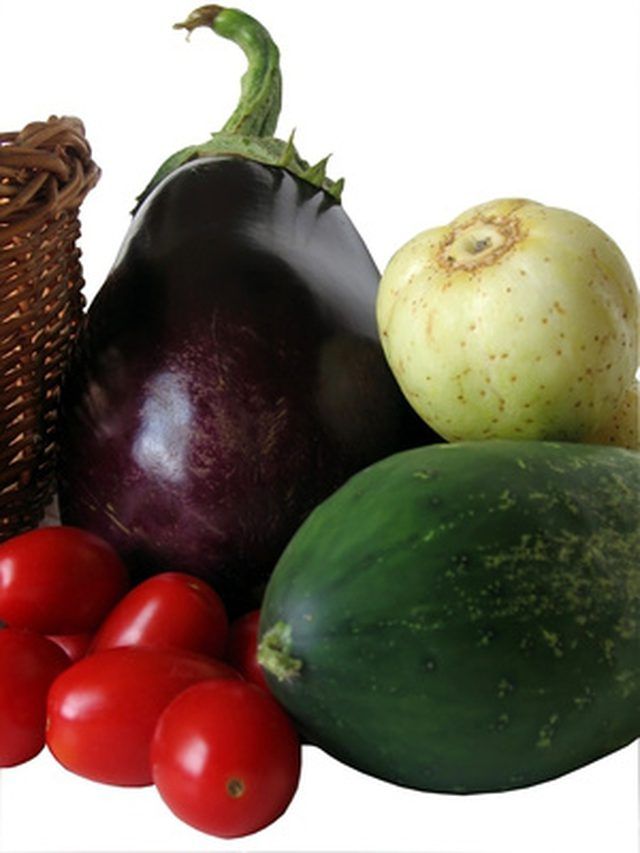Bulbs
Flower Basics
Flower Beds & Specialty Gardens
Flower Garden
Garden Furniture
Garden Gnomes
Garden Seeds
Garden Sheds
Garden Statues
Garden Tools & Supplies
Gardening Basics
Green & Organic
Groundcovers & Vines
Growing Annuals
Growing Basil
Growing Beans
Growing Berries
Growing Blueberries
Growing Cactus
Growing Corn
Growing Cotton
Growing Edibles
Growing Flowers
Growing Garlic
Growing Grapes
Growing Grass
Growing Herbs
Growing Jasmine
Growing Mint
Growing Mushrooms
Orchids
Growing Peanuts
Growing Perennials
Growing Plants
Growing Rosemary
Growing Roses
Growing Strawberries
Growing Sunflowers
Growing Thyme
Growing Tomatoes
Growing Tulips
Growing Vegetables
Herb Basics
Herb Garden
Indoor Growing
Landscaping Basics
Landscaping Patios
Landscaping Plants
Landscaping Shrubs
Landscaping Trees
Landscaping Walks & Pathways
Lawn Basics
Lawn Maintenance
Lawn Mowers
Lawn Ornaments
Lawn Planting
Lawn Tools
Outdoor Growing
Overall Landscape Planning
Pests, Weeds & Problems
Plant Basics
Rock Garden
Rose Garden
Shrubs
Soil
Specialty Gardens
Trees
Vegetable Garden
Yard Maintenance
Vegetable Planting Guide for Sacramento Valley
Vegetable Planting Guide for Sacramento Valley. According to Sacramento Gardening, Sacramento's climate is perfect for growing fruits, nuts, vegetables and herbs. Growing in Sacramento requires a good knowledge of appropriate crops, growing seasons and vegetable garden needs. Keep the frost (November 14) and thaw (March 23) dates in mind and...

According to Sacramento Gardening, Sacramento's climate is perfect for growing fruits, nuts, vegetables and herbs. Growing in Sacramento requires a good knowledge of appropriate crops, growing seasons and vegetable garden needs. Keep the frost (November 14) and thaw (March 23) dates in mind and prepare a site adequately for successful growing.
Soil and Compost
All vegetables require good foundations and nutrition. Turn over the top foot of any vegetable garden with a mix of half quick-draining soil and half compost. Vegetable plants do best with good drainage, and need the loose consistency of good organic compost.
Sunshine and Water
Plant vegetables in any area where they'll receive six to eight hours of Sacramento sun every day. Make sure that they're protected from wind, and staying warm enough. Stake up vegetables that grow vines, for protection and air circulation. Water the garden with 2 to 3 inches of water every week to keep the soil moist.
Timing
Growing vegetables in Sacramento requires getting the timing right. Plant summer vegetables in April in Sacramento, to allow the ground time to thaw. The summer season is long enough in Northern California to allow a full vegetable harvest, both over summer and in the fall. Plant cool-season crops in the fall to provide another vegetable harvest over winter.
Types
Choose the right types of vegetables in regard to your region and growing season. Grow tomatoes, beans, basil, peppers and melons in summer and lettuce, radishes and spinach in winter. Grow asparagus and herbs around the calendar as perennials.
Winterizing
The Sacramento Valley gets very harsh winters. Because many of the summer vegetables are warm-weather plants, and therefore need protection during cold weather, it's important to protect them from Sacramento's winter. Spread 2 to 3 inches of mulch across the soil of the warm-weather vegetable garden before the first frost of the year.